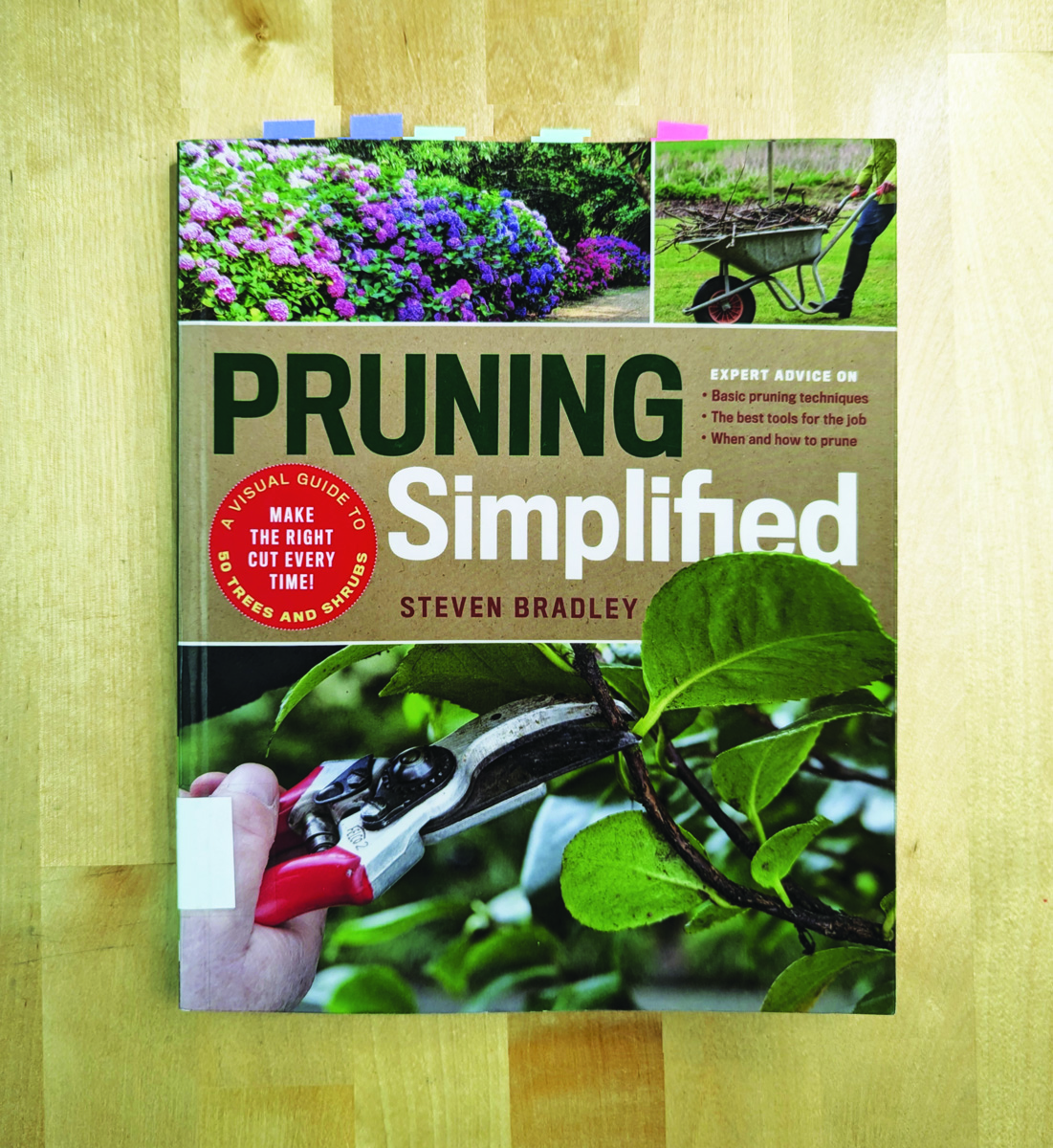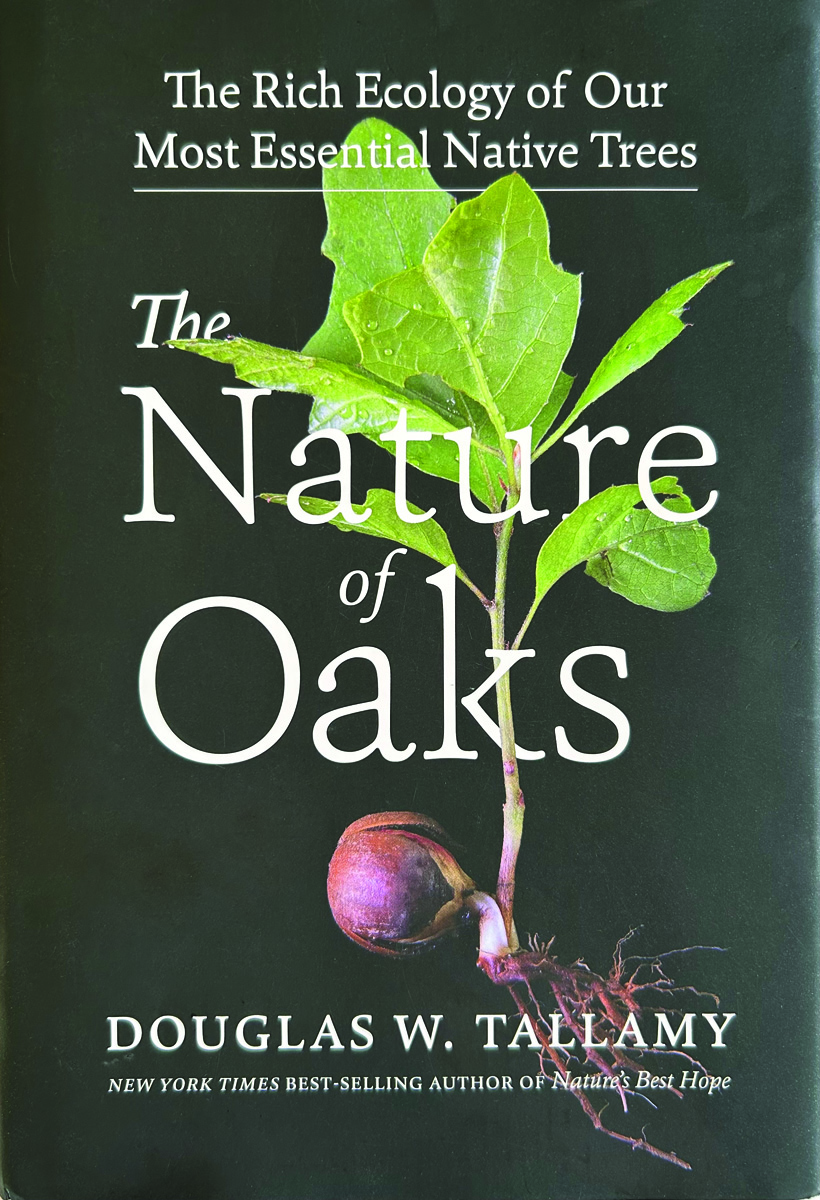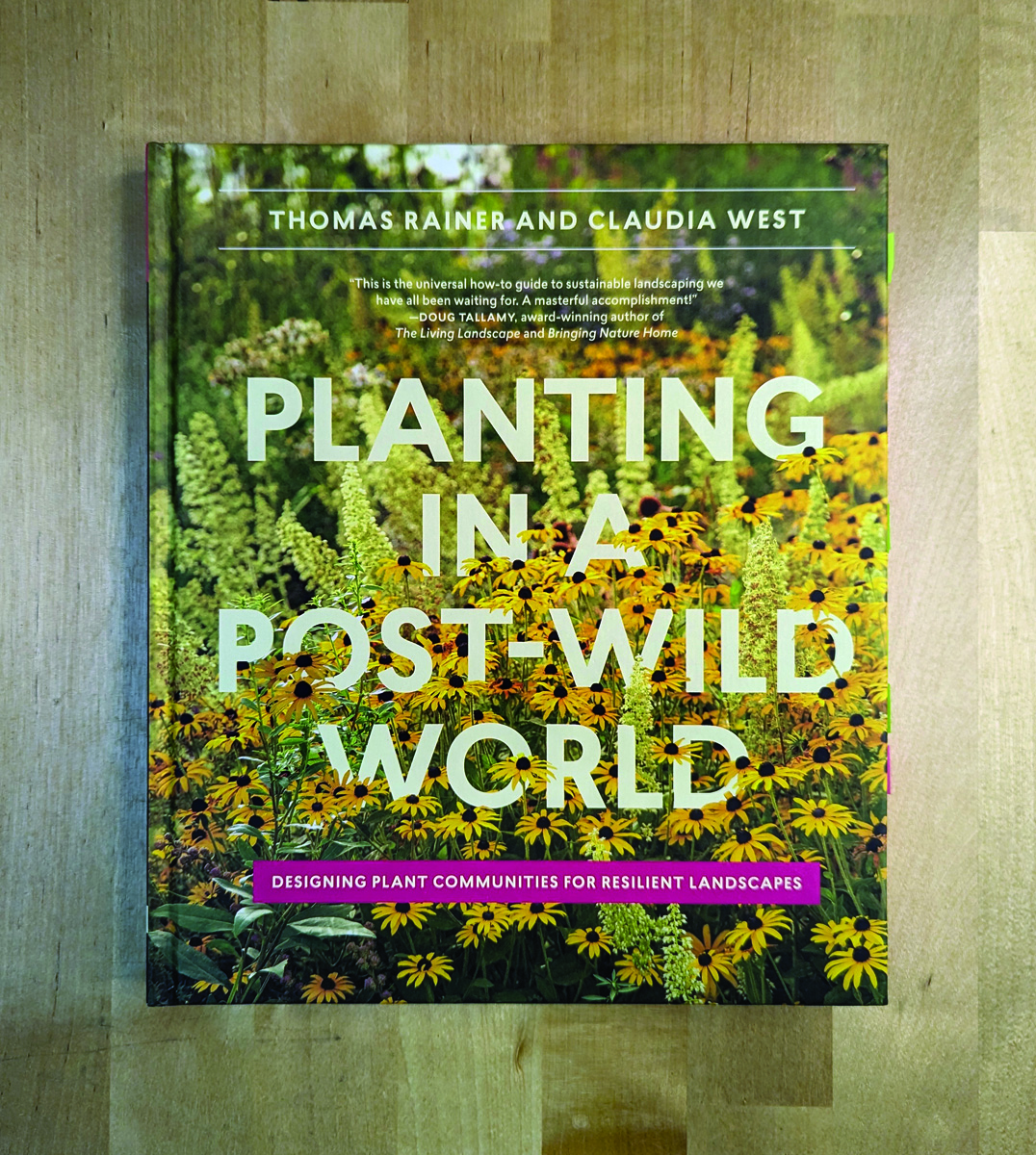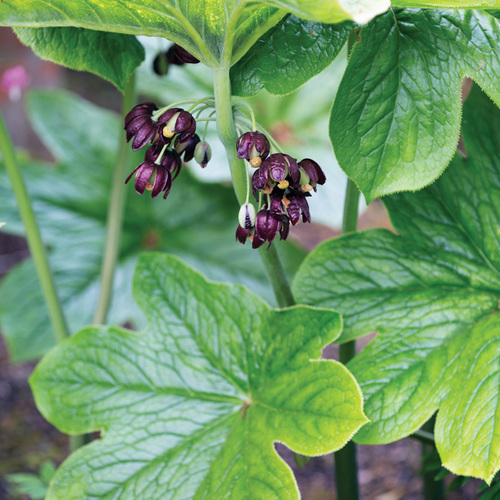I’ll admit it—I’m a pushover for large foliage. Maybe it’s because I’m a big fan of (garden) drama. Perhaps it’s because I’m a huge proponent of juxtaposition in the landscape. But mostly it’s because I’m fascinated by scale and proportion. Years ago, I carved out a low portion of my property, built a seating wall, and surrounded it with plants that sported large leaves. While spending time there, I found my mind wandering to all-but-forgotten happy childhood memories. Why? Because I felt physically smaller while surrounded by plants with gigantic leaves. Through this unexpected discovery, I learned that gardens can be tailored to elicit specific emotions and memories.
My hands-down favorite plants for producing this type of garden magic are Chinese mayapples. I’m obsessed with them. And although I do grow and adore our native mayapple (Podophyllum peltatum, Zones 3–8), I prefer the Chinese species and hybrids. While our native option seasonally disappears after it blooms in late spring, most of the Chinese mayapples remain beautiful and active until a hard frost in fall.
Many of these plants exhibit brilliantly patterned foliage, but it’s the solid-green varieties that have a special place in my heart—and in my garden. I’m particularly fond of the northern Chinese mayapple. It is one of the easiest of this genus to grow. The attractive foliage is a dark, glossy green and deeply lobed. This robust beauty produces clusters of red flowers that hang like fruit underneath the leaves, bringing back memories of childhood treasure hunts in the forest. But the most fantastic thing about this plant is its size. The leaves can reach a larger-than-dinner-plate width of 18 inches across, atop 36-inch-tall stems. A bonus is that northern Chinese mayapple spreads via underground rhizomes, so it can quickly (albeit politely) form an impressive mass. It’s also amazingly deer and rabbit resistant.
The best way to use this specimen is to juxtapose it with shade-loving plants that sport fine foliage such as Himalayan maidenhair fern (Adiantum venustum, Zones 4–8). It also looks great paired with dwarf hostas like ‘Blue Mouse Ears’ (Hosta ‘Blue Mouse Ears’, Zones 3–8), foamflower (Tiarella cordifolia, Zones 4–9), or any epimedium (Epimedium spp. and cvs., Zones 4–9).
Do yourself—and your inner child—a favor by adding some magic to the garden with northern Chinese mayapple.
Northern Chinese mayapplePodophyllum versipelle subsp. boreale Zones: 6–9 Conditions: Partial to full shade; moist, well-drained, humus-rich soil Native range: China |
See more Super Cool Plants:
Jay Sifford is an award-winning garden designer residing in Charlotte, North Carolina.
Fine Gardening Recommended Products

Pruning Simplified: A Step-by-Step Guide to 50 Popular Trees and Shrubs
Fine Gardening receives a commission for items purchased through links on this site, including Amazon Associates and other affiliate advertising programs.
Pruning Simplified shows you exactly how to do it. This must-have guide offers expert advice on the best tools for the job, specific details on when to prune, and clear instructions on how to prune. Profiles of the 50 most popular trees and shrubs—including azaleas, camellias, clematis, hydrangeas, and more—include illustrated, easy-to-follow instructions that will ensure you make the right cut the first time.

The Nature of Oaks: The Rich Ecology of Our Most Essential Native Trees
Fine Gardening receives a commission for items purchased through links on this site, including Amazon Associates and other affiliate advertising programs.
The Nature of Oaks reveals what is going on in oak trees month by month, highlighting the seasonal cycles of life, death, and renewal. From woodpeckers who collect and store hundreds of acorns for sustenance to the beauty of jewel caterpillars, Doug Tallamy illuminates and celebrates the wonders that occur right in our own backyards. He also shares practical advice about how to plant and care for an oak, along with information about the best oak species for your area.

Planting in a Post-Wild World: Designing Plant Communities for Resilient Landscapes
Fine Gardening receives a commission for items purchased through links on this site, including Amazon Associates and other affiliate advertising programs.
Featuring gorgeous photography and advice for landscapers, Planting in a Post-Wild World by Thomas Rainer and Claudia West is dedicated to the idea of a new nature—a hybrid of both the wild and the cultivated—that can nourish in our cities and suburbs.

